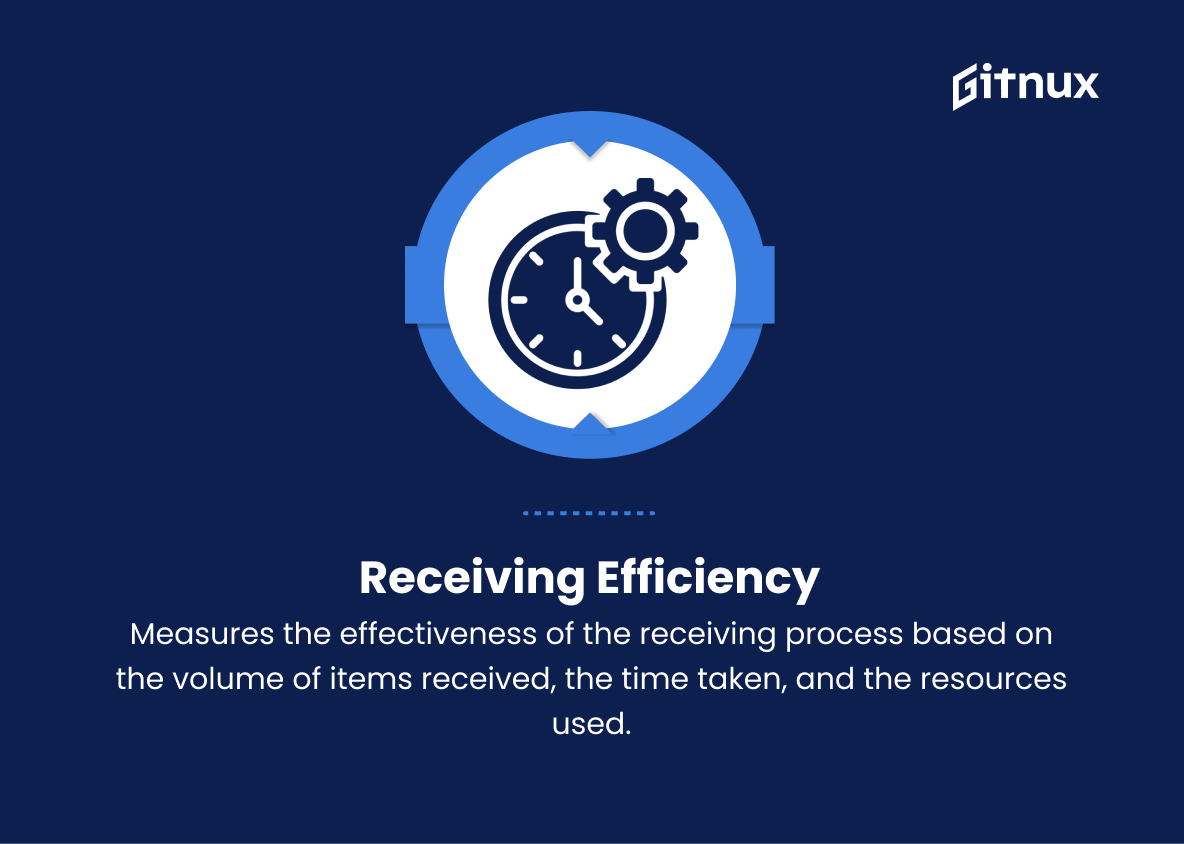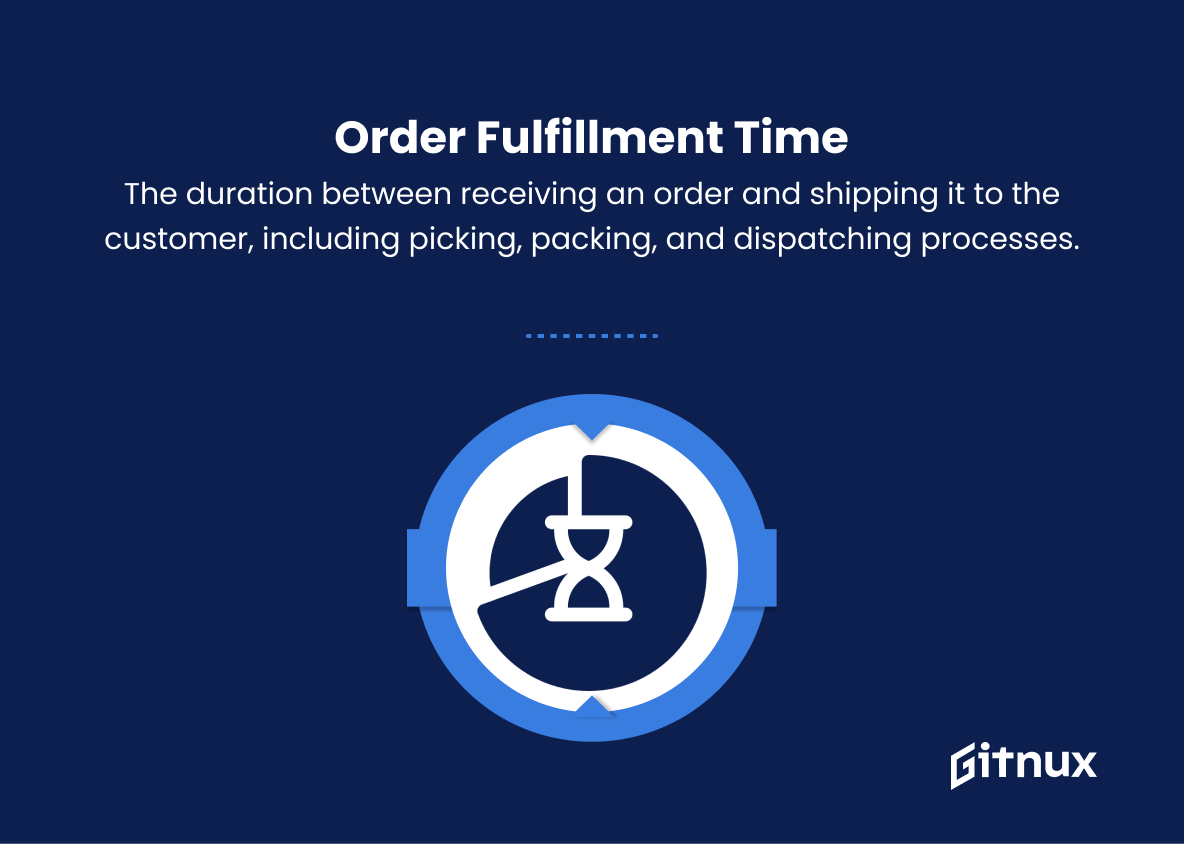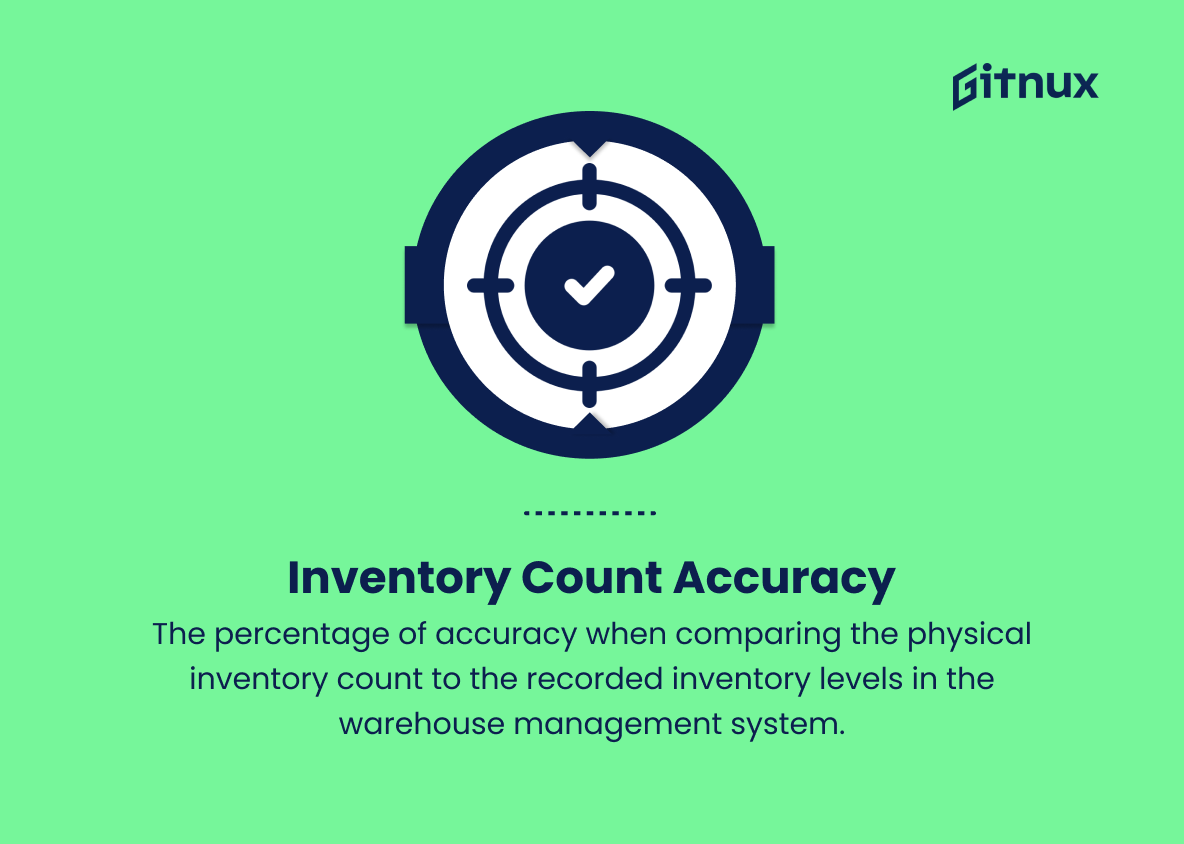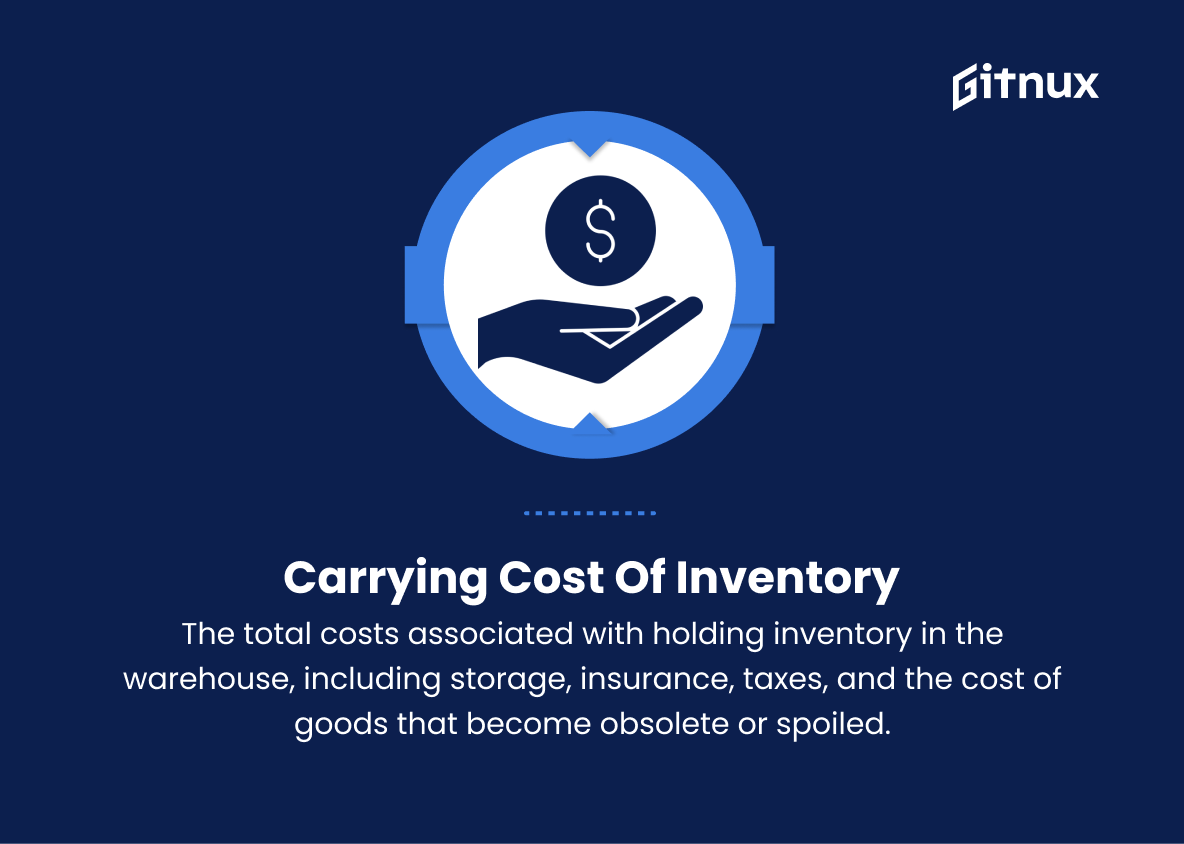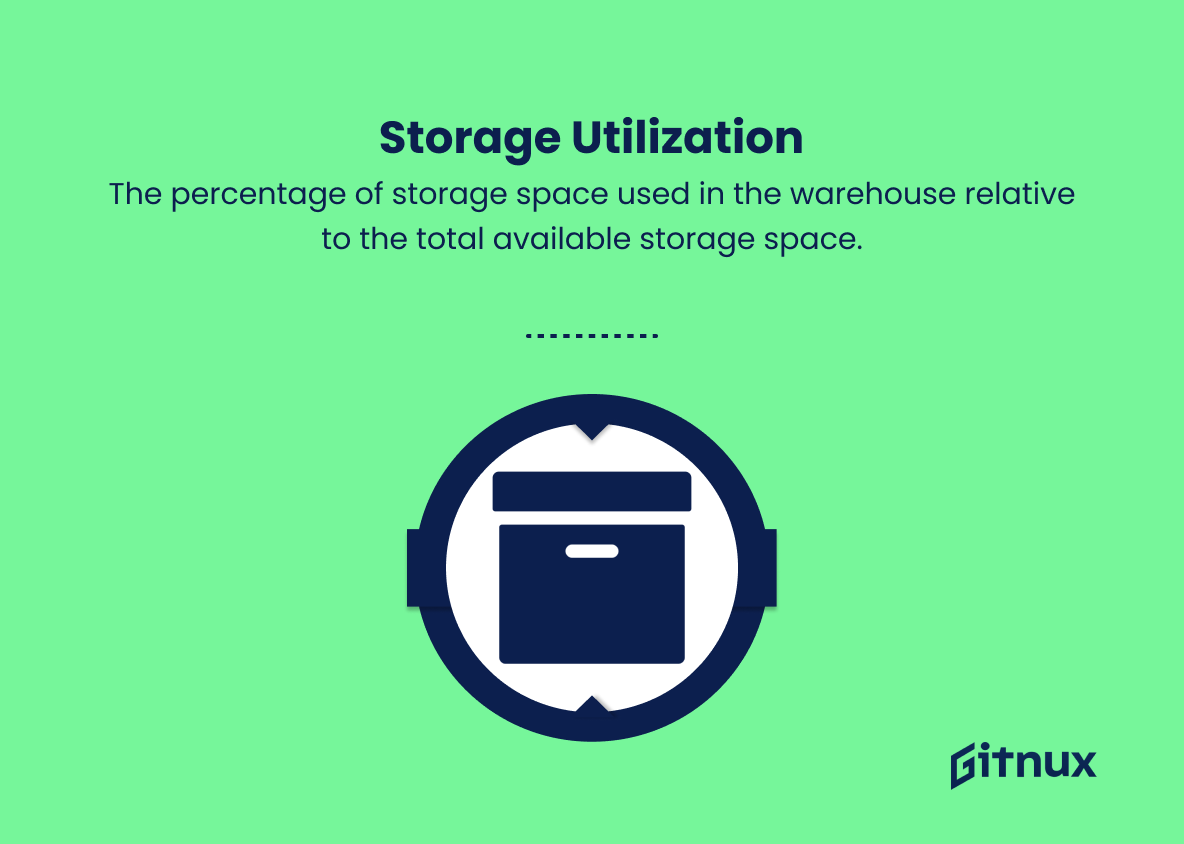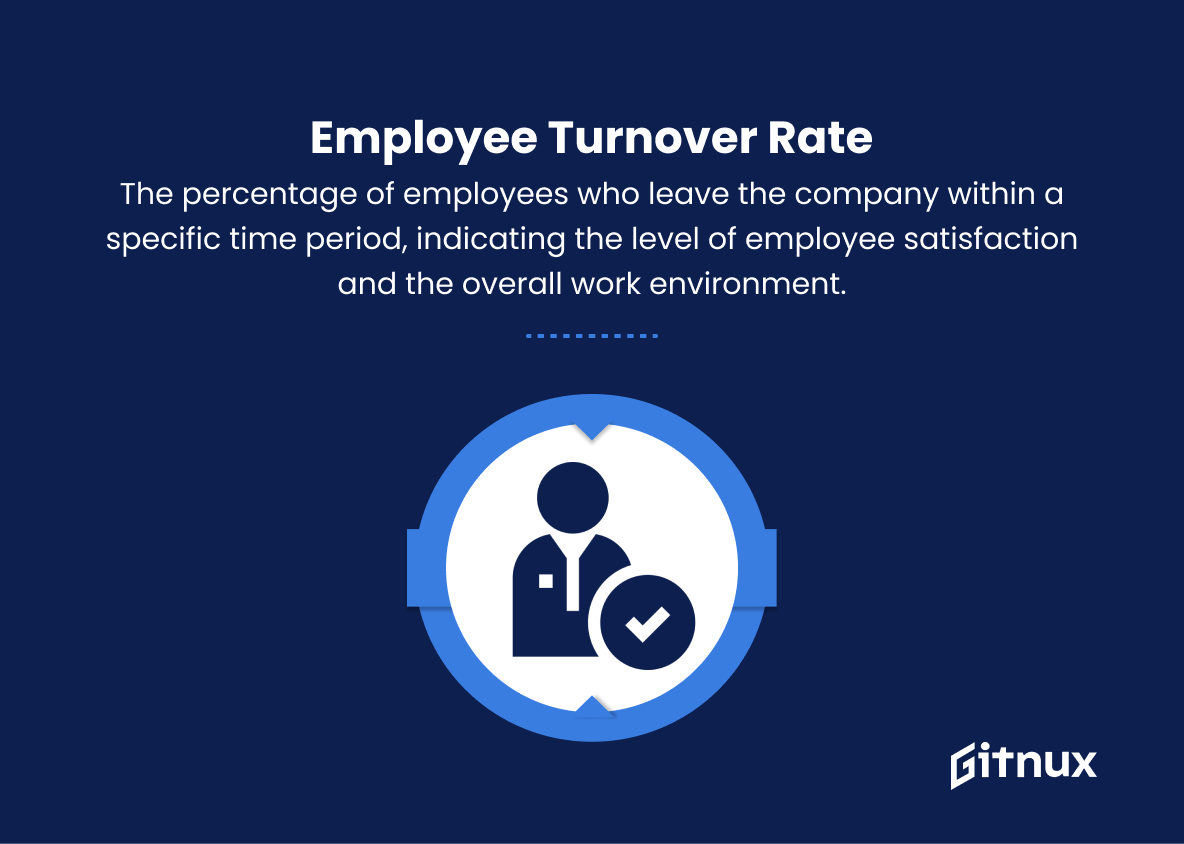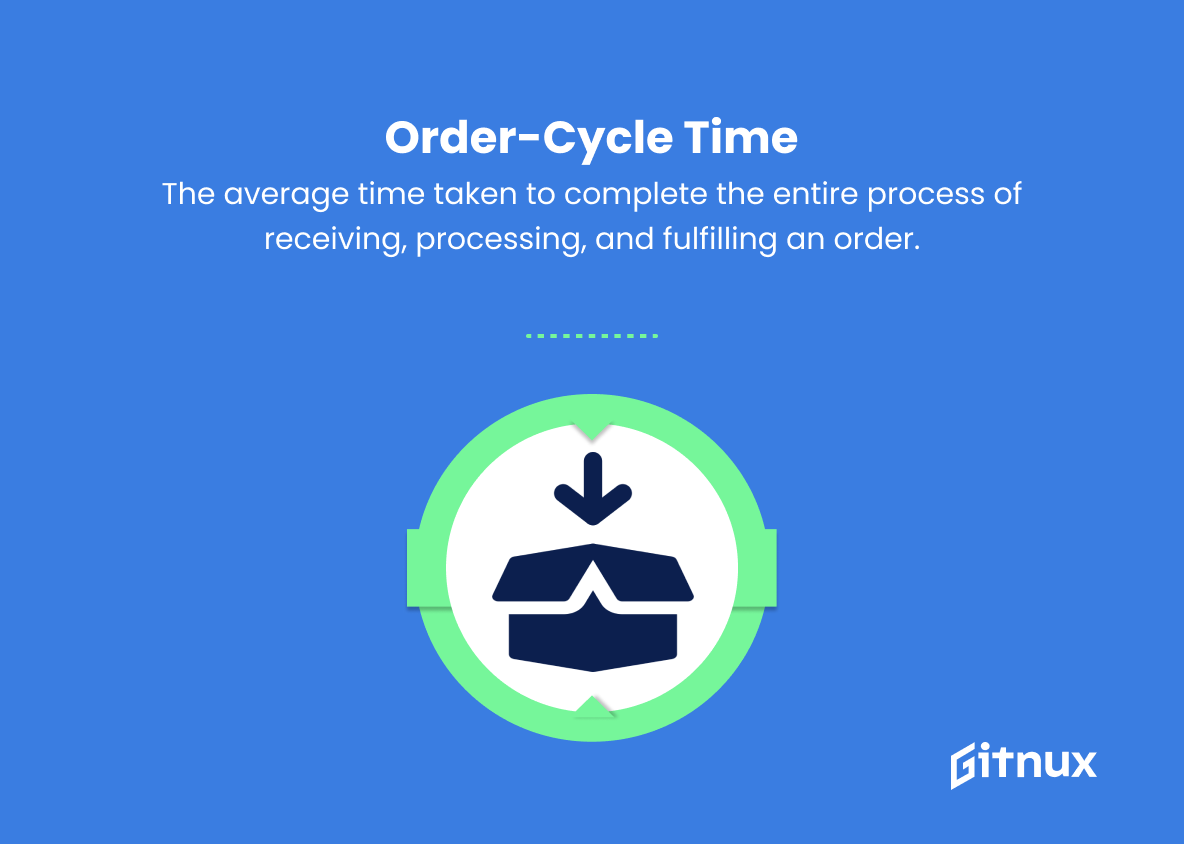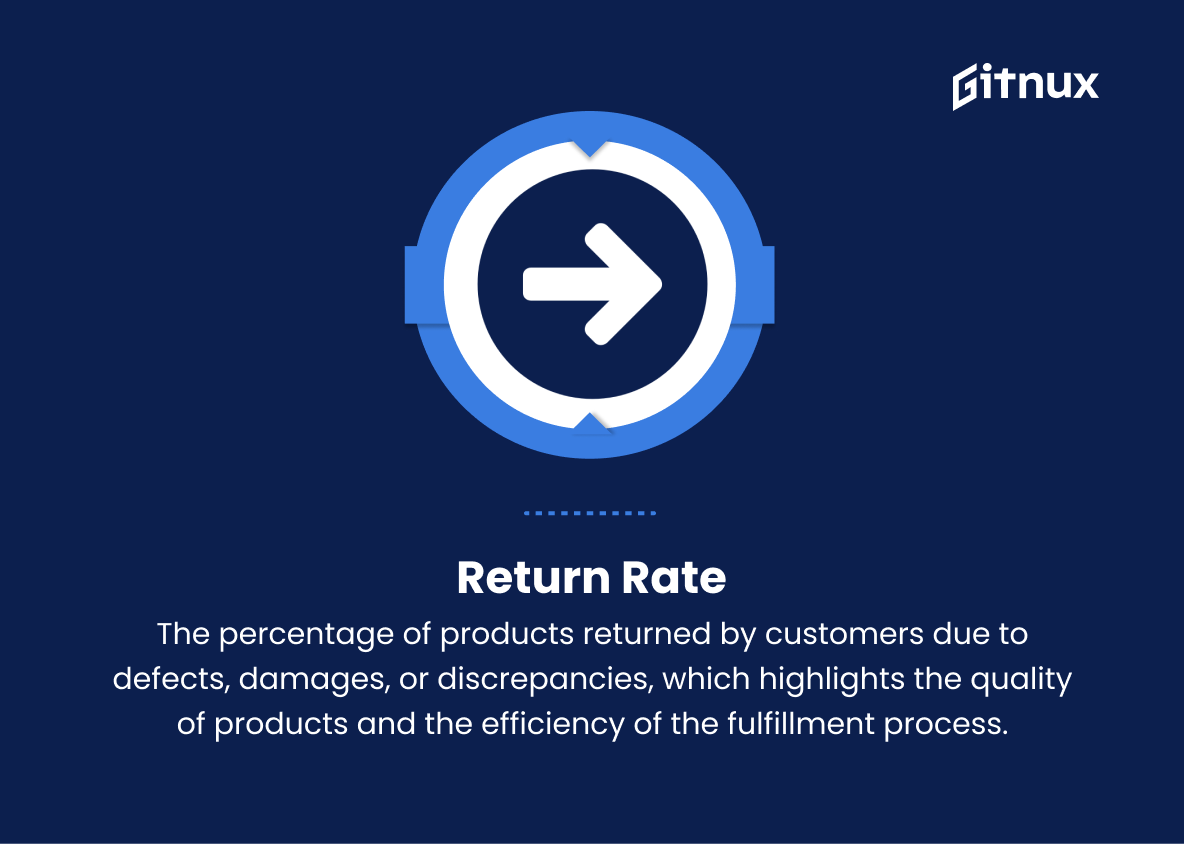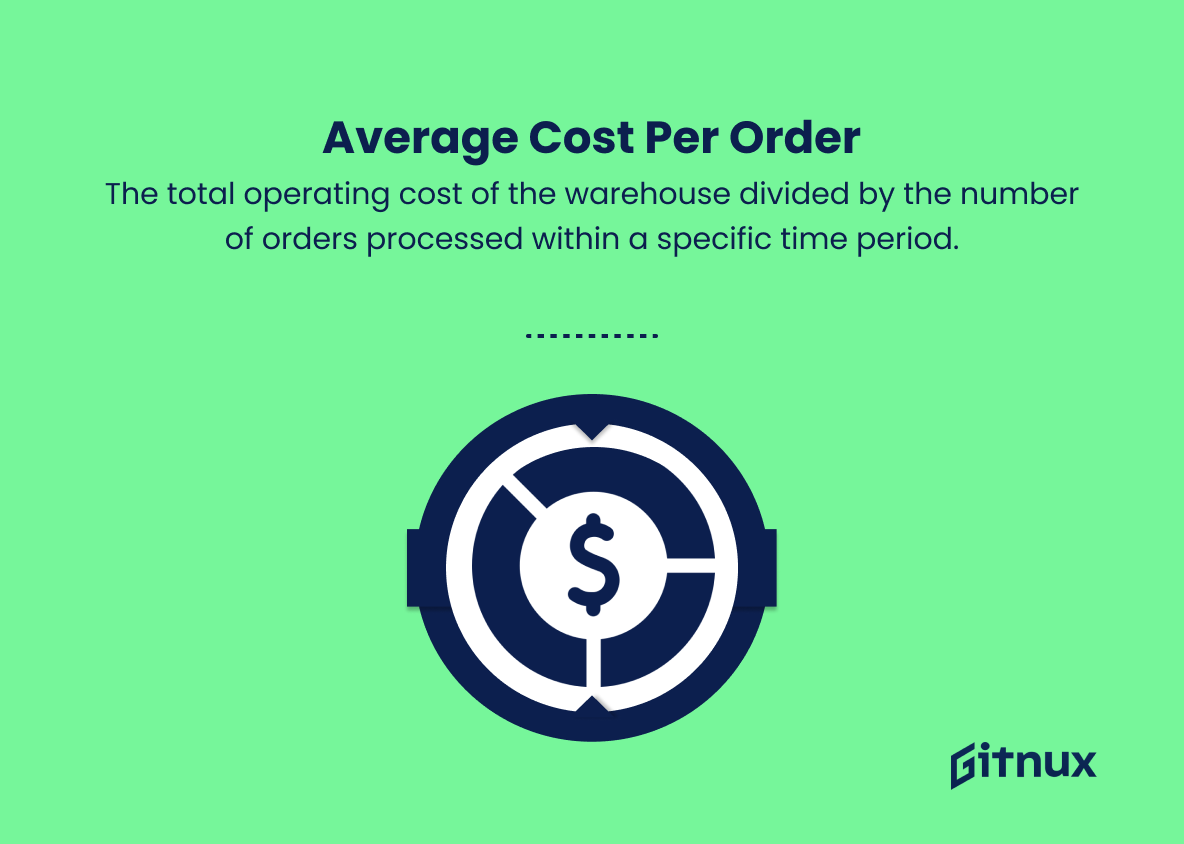In today’s highly competitive world, efficient warehouse management is the cornerstone of successful supply chain operations. The ability to store, manage, and retrieve products quickly and accurately is essential for businesses to meet customer demands and maintain a competitive edge. Understanding and strategically implementing warehouse metrics plays a critical role in optimizing the overall performance of a warehouse operation.
In this blog post, we will delve into the significance of warehouse metrics, explore key performance indicators (KPIs) that can help improve organizational efficiency and profitability, and shed light on best practices that can transform your warehouse into a streamlined, high-performance system. Join us as we unlock the secrets to harnessing the power of data-driven insights for exceptional warehouse management.
Warehouse Metrics You Should Know
1. Receiving Efficiency
Measures the effectiveness of the receiving process based on the volume of items received, the time taken, and the resources used.
2. Put-away Time
The average time taken to store or put away an item in the warehouse after it has been received.
3. Order Accuracy
The percentage of orders picked, packed, and shipped correctly without any discrepancies or errors.
4. Order Fulfillment Time
The duration between receiving an order and shipping it to the customer, including picking, packing, and dispatching processes.
5. Inventory Count Accuracy
The percentage of accuracy when comparing the physical inventory count to the recorded inventory levels in the warehouse management system.
6. Inventory Turnover Rate
The number of times the inventory is sold or used in a given time period, typically measured in a year.
7. Carrying Cost of Inventory
The total costs associated with holding inventory in the warehouse, including storage, insurance, taxes, and the cost of goods that become obsolete or spoiled.
8. Storage Utilization
The percentage of storage space used in the warehouse relative to the total available storage space.
9. Labor Productivity
The total output per labor hour, measured by considering the quantity of products moved, picked, or packed per work hour.
10. Employee Turnover Rate
The percentage of employees who leave the company within a specific time period, indicating the level of employee satisfaction and the overall work environment.
11. On-time Shipments
The percentage of shipments that are delivered on or before the requested delivery date.
12. Order-Cycle Time
The average time taken to complete the entire process of receiving, processing, and fulfilling an order.
13. Return Rate
The percentage of products returned by customers due to defects, damages, or discrepancies, which highlights the quality of products and the efficiency of the fulfillment process.
14. Average Cost Per Order
The total operating cost of the warehouse divided by the number of orders processed within a specific time period.
15. Peak-to-Average Ratio
The ratio of peak demand times (such as seasonal or promotional events) to the average demand, which helps in planning warehouse capacity and resources.
16. Dock-to-Stock Time
The time taken for products to be received, unloaded, put away, and become available for picking.
17. Backorder Rate
The percentage of orders that cannot be fulfilled immediately due to shortages or out-of-stock items. This metric is important for identifying and resolving inventory management issues.
18. Damaged Stock Rate
The percentage of inventory items that are damaged or written off due to mishandling, poor storage, or expiration during warehouse operations.
Warehouse Metrics Explained
Warehouse metrics play a crucial role in the efficient management, smooth functioning, and overall success of a logistics operation. Receiving Efficiency, for instance, helps to evaluate the overall effectiveness of the receiving process by considering the volume of items received, time taken, and resources used. Put-away Time, on the other hand, calculates the average time required for placing an item in storage after it has been received. Order Accuracy is essential to verify the quality control measures in the picking, packing, and shipping stages so discrepancies or errors are minimized.
Order Fulfillment Time enables businesses to analyze the efficiency of various internal processes, as it measures the time taken from receiving to shipping an order. Ensuring Inventory Count Accuracy is essential for effective stock management and preventing stockouts or overstock situations. Inventory Turnover Rate demonstrates the frequency at which items are sold or used, reflecting overall sales performance, while the Carrying Cost of Inventory helps to identify excess costs and inefficiencies in relation to inventory management.
Storage Utilization enables warehouse managers to optimize their existing storage space, while Labor Productivity acts as a benchmark for gauging employee efficiency. Employee Turnover Rate indicates the satisfaction level of employees, and their overall work environment. On-time Shipments is a vital metric, reflecting your organization’s commitment to meeting customer expectations. Order-Cycle Time measures the overall efficiency of the different stages of the order fulfillment process.
Understanding the Return Rate drives continuous improvement in product quality and fulfillment procedures. The Average Cost Per Order informs decision-making for cost optimization by dividing the total warehouse operating cost by the number of orders processed. Peak-to-Average Ratio helps in planning warehouse capacity and resource allocation by comparing peak demand times to average demand. Dock-to-Stock Time proves to be invaluable in assessing the overall time it takes for products to be available after receiving them.
Finally, it is vital to track Backorder Rate to identify and resolve inventory management issues and the Damaged Stock Rate to take corrective actions to minimize waste and losses. By measuring and monitoring these metrics, a warehouse can improve its overall efficiency, reduce costs, and enhance its ability to meet customer expectations.
Conclusion
In conclusion, it is evident that continuously monitoring and evaluating warehouse metrics is critical for the success and efficiency of any supply chain. Companies must be vigilant in tracking key performance indicators (KPIs) such as order cycle time, inventory accuracy, and fill rate, among others, to optimize their warehousing operations.
By leveraging technology, automating processes, and routinely reevaluating performance, organizations can ensure they are making data-driven decisions that maximize resource utilization and minimize costs. In the ever-evolving world of supply chain management, remaining ahead of the curve through effective warehouse metric analysis is not only advantageous but essential for long term business success.
